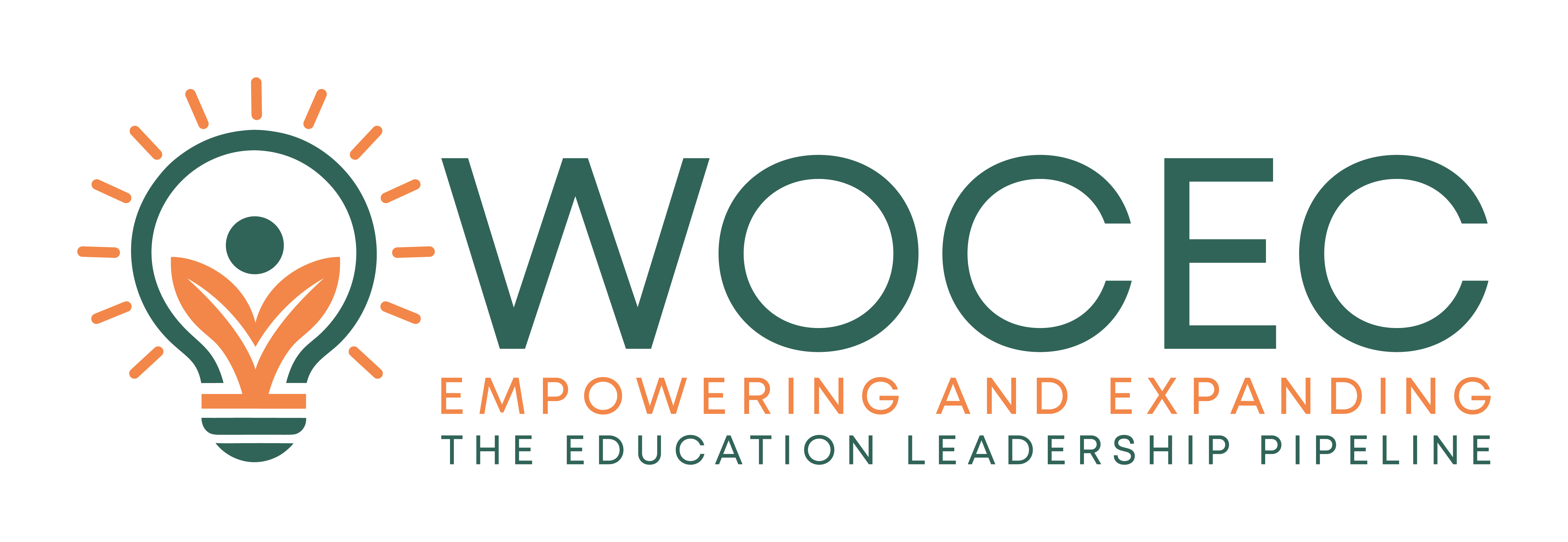As we transition from 2024 into 2025, educators have an excellent opportunity to refine and implement research-backed strategies for even greater impact in these uncertain and challenging times facing public education post-pandemic.
A promising area of focused academic reform is the science of reading. Schools nationwide are prioritizing early literacy. Teachers and leaders are using universal screeners, providing rigorous staff development, and giving students targeted support who are behind, including those with dyslexia.
By equipping teachers and support staff with the necessary tools and training, students will make measurable gains. The essential components of literacy instruction include phonics, phonemic awareness, vocabulary, fluency, and comprehension. Programs like Orton-Gillingham or Wilson can address diverse student needs, and including high quality, culturally responsive instructional materials, biliteracy approaches, and dual-language programs, we can ensure all students get what they need.
Effective literacy instruction also requires high-quality professional development, small- and whole-group instruction, and opportunities for independent practice with complex texts. Fidelity of implementation is key, and teachers benefit greatly from timely peer feedback. Master teachers mentoring their colleagues foster both student achievement and professional growth, building a learning community rooted in collaboration.
A professional learning community (PLC) also nurtures connectedness and belonging, essential components of positive mental health for educators. Respectful bonds formed through shared experiences and best practices bring joy to the work and sustain teams through challenging times. Schools and districts that prioritize co-creation of solutions find an enduring path to excellence which is grounded in mutual respect and shared commitments. This cohesion is especially critical during periods of disruption, and it helps sustain morale, motivation, and confidence, fostering resilience and adaptability.
As we prepare for 2025, leadership must remain steady and stay the course. Supporting our teams through these growing pains requires thoughtful prioritization and a clear focus on students, especially in times when budgets are constrained.
Finally, this work doesn’t happen alone, and leaders must sustain themselves to sustain their teams. It is vital for leaders to regularly take time for themselves. The familiar saying, “you can’t care for others if you first don’t care for yourself,” is even more true in the busyness of leaders today.
By staying committed to evidence-based practices, fostering collaboration, and maintaining a steady, student-centered focus, while still caring for ourselves and our teams, we can weather these shifts and continue to advance educational outcomes for all learners.

